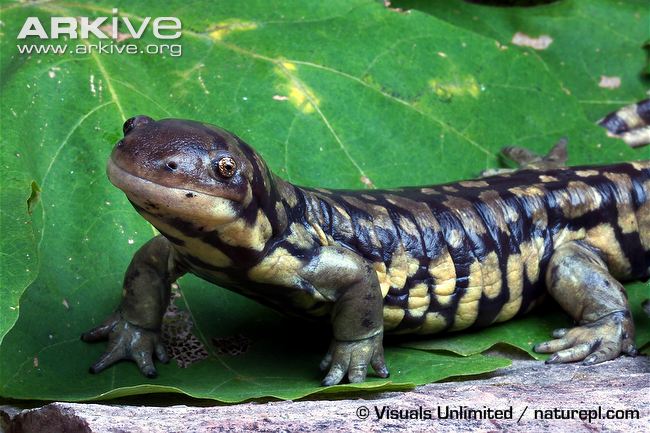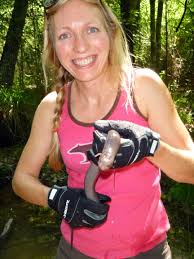A new type of “chytrid” fungus has escaped from Asia and is killing European fire salamanders. The fungus is known as Bs (short for Batrachochytrium salamandrivorans) and is closely related to the infamous Bd (Batrachochytrium dendrobatidis) that has been causing massive die-offs of frogs across the globe. But until recently, no one knew if Bs could infect other species besides fire salamanders. In a recent study, European researchers tested more than 30 species of frogs and salamanders to see which were susceptible to Bs. Frog lovers finally got a bit of good news – all 10 frog species tested were completely resistant to Bs. But a very different – and alarming – result emerged when salamanders were infected with the fungus.
Of the 24 salamander species tested, 12 were found to be susceptible to Bs. Assuming that Bs operates the same way as Bd, the salamanders would have been unable to maintain a normal balance of water and electrolytes as the fungus invaded their skin. These animals became thin and lethargic, and most of them died within weeks.
What does this mean for biodiversity in the United States – a global ‘hotspot’ for salamanders? Seven of the salamanders species tested in the study are found only in North America. These include the spotted salamander, marbled salamander, slimy salamander, and spring salamander, all of which were completely resistant to Bs (hooray!). Lesser sirens, an aquatic salamander found in the southeastern U.S. and Mississippi river basin, became sick but managed to survive with the fungus. But eastern newts and rough-skinned newts weren’t so lucky. These newts, which are very common in the U.S., died within 6 weeks of being infected.
|
It is unknown if the Bs fungus will affect North American salamanders, such as the Arizona tiger salamander (above). Photo: Arkive and Visuals Unlimited/nautrepl.com. |
So it looks like this new fungus is bad news for newts. But to what extent does Bs threaten the other ~165 species of salamanders in the U.S., or the >6,000 other amphibian species on Earth? We have absolutely no clue. Answering these questions is a major priority for the conservation research community and will require coordination among scientists across the globe. While experimental infection studies are the next logical step to understanding the risks associated with Bs, this work may not be feasible outside of Europe and Asia – the only continents where the fungus has yet been identified. So far, three separate studies have failed to detect Bs in the United States (Muletz et al., 2014; Martel et al., 2014, and Bales et al., in press). Given our experience with Bd, the risks of introducing Bs to a new continent may outweigh the potential benefits for conservation research. We need to work together to develop alternative strategies for studying this deadly pathogen with minimal risk to native biodiversity (e.g., using captive populations of North American salamanders in Europe).
The conservation community has more than a decade of experience in studying, preventing, and mitigating chytrid disease in amphibians. Rarely do we have such an advantage when confronting a new threat to biodiversity. Let’s work together and squash this BS.

